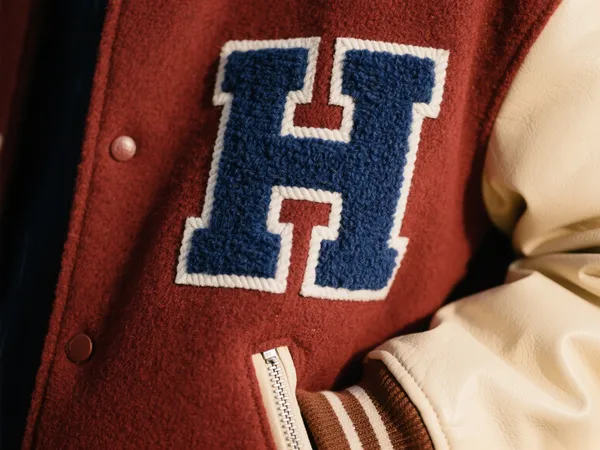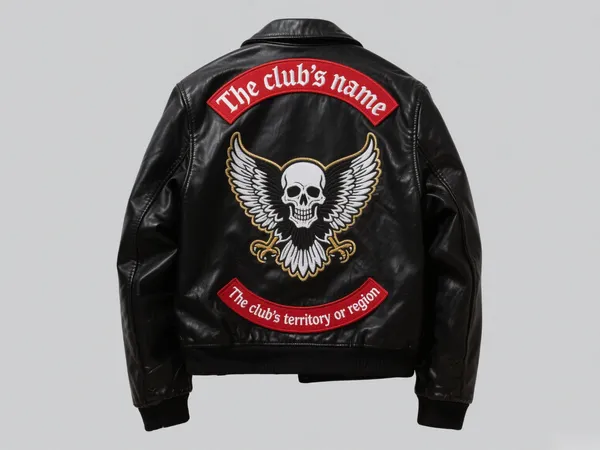Nel mondo delle arti marziali, ogni dettaglio è importante, dalla tecnica precisa agli emblemi indossati sull'uniforme. Uno degli accessori più significativi, ma spesso trascurato, è il... toppa per arti marzialiChe siano cucite su un gi, esposte su una cintura o indossate con orgoglio durante le competizioni, queste toppe hanno un profondo significato legato al grado, all'affiliazione e alla filosofia.
In questa guida esploreremo cosa rappresentano le toppe delle arti marziali, dove posizionarle, come personalizzarle e i diversi tipi utilizzati in discipline come karate, taekwondo, judo e jiu-jitsu.
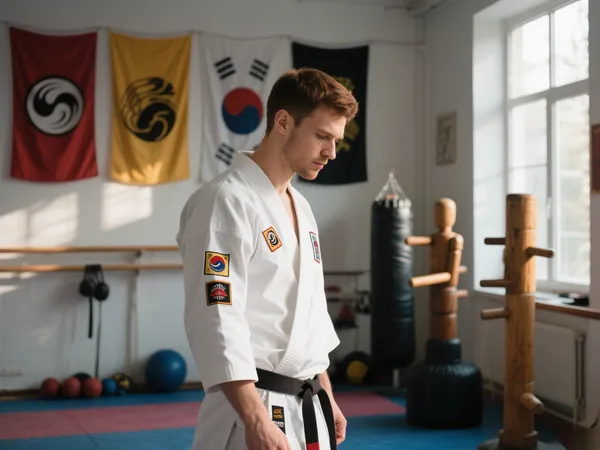
Cos'è un cerotto per arti marziali?
UN toppa per arti marziali è un emblema di tessuto indossato sulle uniformi delle arti marziali (tipicamente gi o cinture) per indicare:
- Rango o livello (ad esempio, toppe per cintura nera)
- Affiliazione a un dojo o a una scuola
- Stile di arti marziali (ad esempio, Karate Shotokan, Jiu-Jitsu brasiliano)
- Risultati (vittorie nei tornei, anni di allenamento, certificazione di istruttore)
- Simboli filosofici (yin-yang, draghi, caratteri kanji)
Queste toppe vengono cucite o applicate a caldo sulle uniformi per dimostrare onore, identità e progresso.
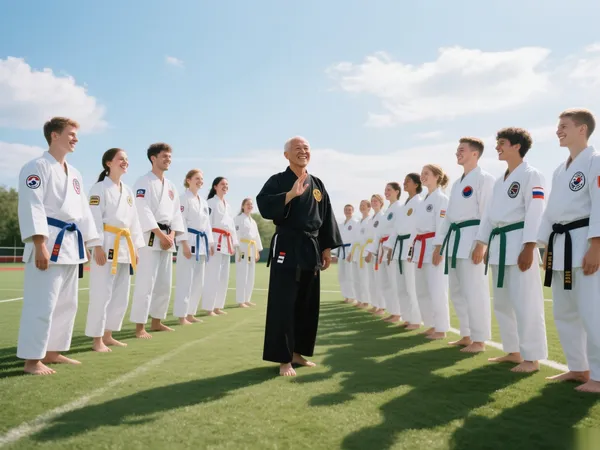
Perché le toppe per arti marziali sono importanti
🥋 Rafforzare la disciplina e il rispetto
Indossare correttamente le toppe infonde disciplina e insegna agli studenti ad apprezzare la struttura, la tradizione e i risultati personali.
🏅 Segna i progressi
Le toppe simboleggiano l'avanzamento, motivando gli studenti mentre salgono di grado o raggiungono traguardi specifici.
🏯 Mostra fedeltà alla scuola e allo stile
Le toppe personalizzate per dojo identificano i praticanti come membri di una particolare scuola, federazione o lignaggio di arti marziali.
🎖️ Celebrare i risultati
Le toppe commemorative mettono in risalto la partecipazione a eventi come tornei, promozioni di cinture o seminari.
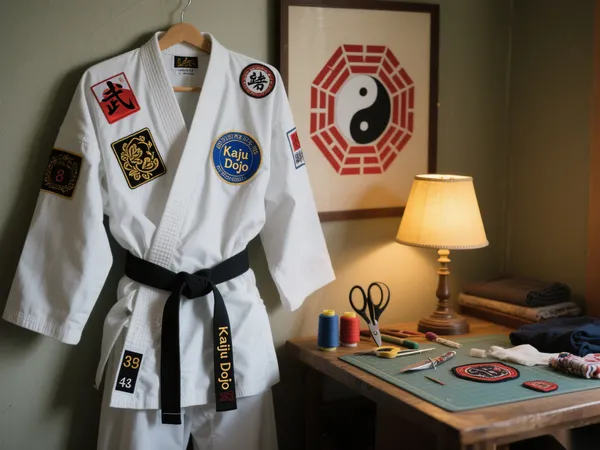
Tipi comuni di toppe per arti marziali
| Tipo di patch | Descrizione | Use Case |
|---|---|---|
| Toppa del Dojo | Solitamente indossato sul petto sinistro; mostra il nome/logo della scuola o della federazione | Richiesto per lezioni o competizioni |
| Toppa di grado | Indica il livello di cintura o lo stato di istruttore | Spesso sulla cintura o sulla manica |
| Patch dell'evento | Per tornei, campi o seminari speciali | Facoltativo, solitamente indossato sulla schiena o sulla manica |
| Toppa con simbolo filosofico | Visualizza i valori marziali (ad esempio, "Onore", "Disciplina") in Kanji o icone | Utilizzato per scopi decorativi o motivazionali |
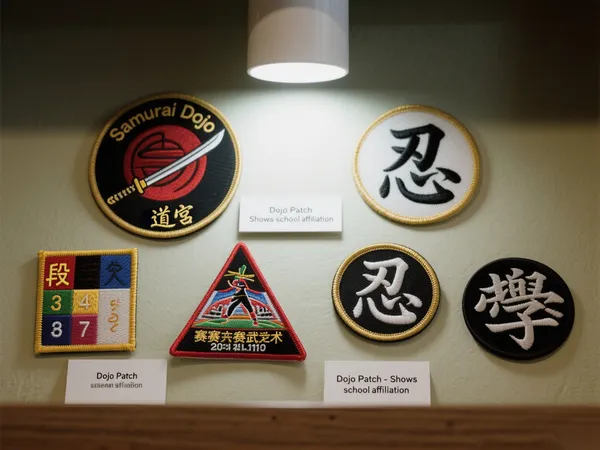
Stili di arti marziali e posizionamento delle patch
🈶 Karatè
- Petto sinistro: toppa del Dojo o dell'organizzazione
- Braccio destro: Stile o federazione
- Schiena o cintura: Grado o competizione
🥋 Taekwondo
- Petto: loghi ITF/WTF
- Manica: nome della scuola o bandiera nazionale
- Patch di risultati opzionali
🥋 Judo e BJJ (Jiu-Jitsu brasiliano)
- Maniche Gi: Sponsorizzazione o toppe della squadra
- Estremità della cinghia: indicatori di grado
- Risvolto/retro: toppe dell'associazione
Ogni scuola o organizzazione potrebbe avere regole di collocamento specifiche, quindi verifica sempre con il tuo istruttore prima di cucire.
Personalizzazione di una toppa per arti marziali
Creating a patch dojo personalizzata o un distintivo specifico per stile può aiutare a unire i tuoi studenti e promuovere l'identità della tua scuola. Valuta di includere:
- Nome della scuola in inglese o in caratteri nativi
- Simboli tradizionali come tigri, draghi o pugni
- Bandiera nazionale o emblema regionale
- Stile di arte marziale (ad esempio, Goju-Ryu, Aikido, Muay Thai)
La maggior parte dei produttori di patch offre opzioni di ricamo, tessuto o sublimazione, a seconda della complessità del design.
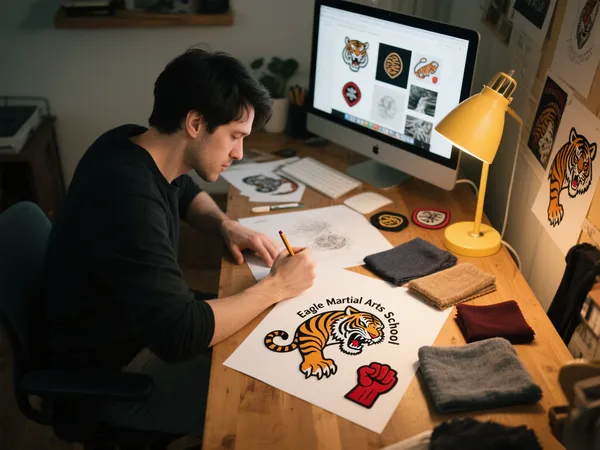
Materiali e tipi di supporto
- Embroidered Patches – Stile resistente con filo rialzato e fascino tradizionale
- Toppe tessute – Dettagli puliti e precisi, perfetti per loghi e caratteri piccoli
- Sublimato/Stampato – Ideale per progetti fotografici a colori
- Supporti: Da cucire per la permanenza, da stirare per un facile fai da te, in velcro per gli istruttori che ruotano le uniformi
Suggerimenti per l'applicazione dei cerotti per arti marziali
✅ Usa il filo abbinato per un look pulito
✅ Prelavare il gi prima di applicare le toppe
✅ Allineare con cura, soprattutto sul petto o sulla cintura
✅ Rinforza le aree ad alto attrito con cuciture extra
✅ Le toppe termoadesive devono essere applicate a caldo e poi cucite per un uso duraturo
Conclusione: indossa il tuo viaggio con orgoglio
UN toppa per arti marziali è più di un semplice tessuto: è un distintivo d'onore che racconta la tua storia. Che tu sia uno studente che ottiene il suo primo grado o un sensei che disegna il logo di un dojo, questi distintivi riflettono identità, rispetto e il percorso di una vita nella disciplina marziale.
Quindi, la prossima volta che indossi il tuo gi o la tua cintura, prenditi un momento per riconoscere il significato di ogni patch. Non è solo una decorazione: è il tuo viaggio, cucito in ogni filo.

